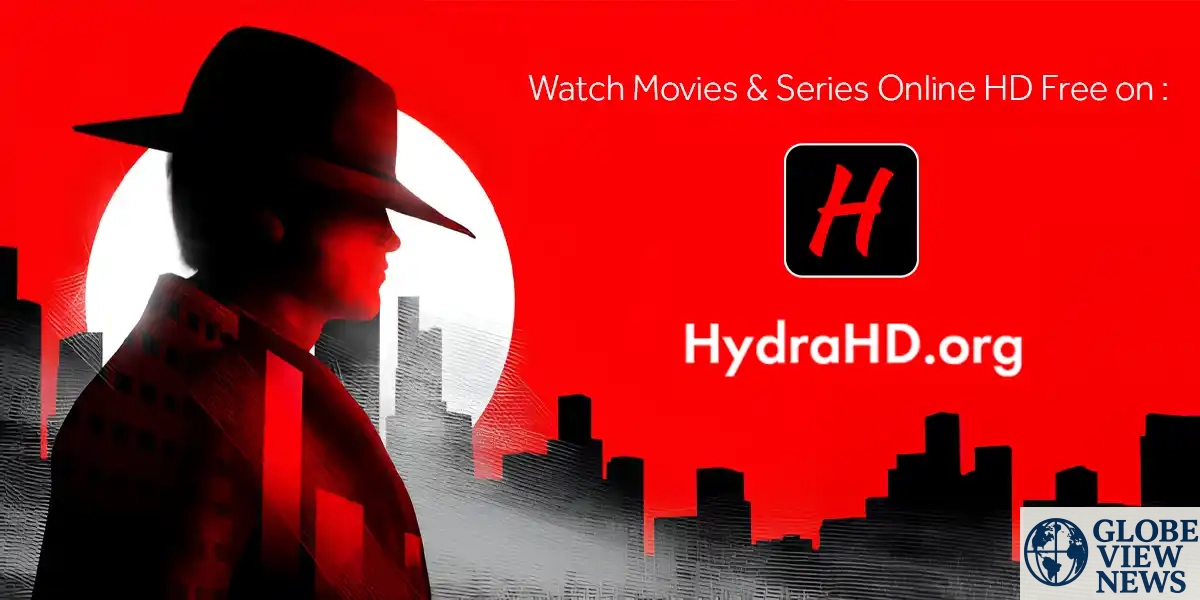In today’s digital age, where the internet dictates the rhythm of daily life, hydrahd cc has emerged as a point of fascination and debate. With the entertainment industry rapidly evolving, this platform, like many of its kind, has managed to influence the way countless people consume movies, TV shows, and other digital content. This article delves into the history, impact, controversies, and future of hydrahd cc, while also reflecting on what it represents in our increasingly interconnected, content-hungry society.
At its core, hydrahd cc epitomizes the modern audience’s craving for instant access to entertainment. It did not arise in isolation but is part of a broader trend driven by demand for convenient, free, or low-cost alternatives to official streaming services. The roots of such platforms trace back to the days of torrenting — a peer-to-peer file-sharing method that revolutionized how people accessed media outside traditional channels.
The creators behind hydrahd cc recognized a gap: while legitimate streaming services proliferated, offering high-quality content, they often came with subscription fatigue. Many people found themselves juggling multiple services to access all their desired shows and movies. This reality made alternative streaming sites highly appealing, despite their gray legal standing.
Understanding how hydrahd cc operates helps illustrate both its popularity and the controversy surrounding it. Unlike traditional subscription services that license content directly from production studios, hydrahd cc aggregates content from various sources. It hosts or links to copies of popular films, series, and sometimes even exclusive releases.
For users, the interface often mimics familiar streaming layouts: categorized libraries, search options, playback in multiple resolutions, and sometimes even subtitles in various languages. This ease of use is a key reason such sites attract millions of visitors globally.
However, this convenience comes at a cost to copyright holders. By distributing or linking to pirated material, platforms like hydrahd cc circumvent official distribution channels, depriving creators and studios of legitimate revenue.
A central question arises: why would someone choose hydrahd cc over established giants like Netflix, Disney+, or Amazon Prime? The answer lies in accessibility, affordability, and selection.
First, accessibility: not everyone worldwide has equal access to every streaming service. Regional licensing restrictions mean certain shows or movies might not be available in specific countries. Hydrahd cc eliminates these barriers, offering a seemingly borderless library.
Second, affordability: multiple subscriptions can quickly add up. While many can afford one or two, subscribing to five or more platforms strains budgets. Sites like hydrahd cc remove this burden, offering free access.
Lastly, selection: official platforms often have rotating catalogs. A beloved film may disappear next month due to licensing changes. By contrast, hydrahd aims to be a one-stop repository, hosting new releases alongside classics.
With convenience, however, come complex questions. The legality of platforms like hydrahd is murky at best and outright prohibited in many jurisdictions. Copyright infringement laws exist to protect intellectual property. Studios, production companies, and artists argue that piracy diminishes profits, disincentivizes innovation, and undermines fair compensation for work.
Governments and industry groups have responded through takedown notices, lawsuits, and in some cases, blocking access to domains associated with platforms like hydrahd. Yet, these sites often resurface with new domain extensions or mirror sites, creating a cat-and-mouse dynamic between regulators and site operators.
For users, the legal risk varies. While casual viewing might not typically result in prosecution, actively distributing or profiting from pirated content crosses into more serious legal territory. Moreover, many countries have begun tightening rules to penalize not just distributors but also end-users.
Ethically, the debate is even more layered. Some argue that exorbitant subscription costs, monopolistic control by big studios, and restrictive geo-blocking justify turning to sites like hydrahd. Others counter that enjoying art without compensating its creators undermines the cultural and economic ecosystem that makes new content possible.
The ripple effect of sites like hydrahd is significant. On one hand, they expose content to wider audiences, sometimes boosting a show’s popularity in unexpected regions. Some niche films or foreign dramas gain cult status because they reach viewers outside traditional distribution markets.
On the other hand, unchecked piracy pressures studios to guard their properties more fiercely, sometimes leading to more restrictive digital rights management (DRM), region locks, or tighter release windows. It also affects smaller creators disproportionately. While a blockbuster studio might absorb losses from piracy, an independent filmmaker may suffer deeply from lost revenue.
Industry analysts often debate whether the rise of platforms like hydrahd indicates a failure of existing models to adapt to user needs. If legal services provided broader catalogs, fewer regional restrictions, and more affordable bundles, would audiences still flock to unofficial sites?
For users, hydrahd is not without drawbacks. While the site may offer vast libraries, it often comes with aggressive ads, pop-ups, or hidden malware. Cybersecurity experts warn that visiting unverified sites increases the risk of phishing or malware infections.
Moreover, streaming from unauthorized platforms means no guarantee of quality. Files can be mislabeled, poorly dubbed, or suddenly taken down. Unlike legitimate services with customer support, users have little recourse if an episode is missing or unwatchable.
These trade-offs highlight a paradox: people crave both free access and premium experience, but unofficial channels rarely provide both reliably.
The popularity of hydrahd varies worldwide. In regions where legal streaming options are abundant and affordable, piracy rates tend to be lower. By contrast, in countries with strict censorship or fewer legitimate services, alternative sites flourish.
Some governments also tolerate a level of piracy, viewing it as a means for citizens to access culture and education otherwise blocked by cost or censorship. For instance, students studying film or art may turn to sites like hydrahd for materials unavailable through legal means.
This doesn’t make it legal, but it complicates the moral narrative. The line between necessity and opportunism often blurs, especially in regions grappling with economic inequality or restrictive media laws.
The rise of platforms like hydrahd signals a clear lesson: audiences value convenience, affordability, and freedom of choice. The entertainment industry is slowly responding.
Some production companies have begun releasing films simultaneously in theaters and on streaming platforms. Others offer tiered subscriptions or ad-supported models to attract cost-sensitive viewers.
Technological solutions like blockchain-based content licensing and decentralized streaming networks are also emerging as innovative ways to manage rights while giving consumers more control.
However, as long as a gap exists between what users want and what the market provides, sites like hydrahd will persist.
For individual viewers, the choice to use hydrahd raises personal questions about legality, ethics, and digital safety. While some may rationalize usage as harmless, the broader impact on creators, security, and cultural industries cannot be ignored.
One way to strike a balance is to support official channels whenever possible. Subscribing to services, renting films, or buying merchandise helps creators continue making the content people love. For students or researchers, many universities offer legal access to vast digital libraries and educational films.
Moreover, using robust cybersecurity tools — antivirus software, ad-blockers, and VPNs — can help mitigate some risks, though they don’t address the core legal issues.
Hydrahd is more than just a website; it is a symbol of the complex relationship between technology, culture, law, and human desire for free, unrestricted entertainment. It stands at the intersection of convenience and controversy, fulfilling a demand that the official industry struggles to meet fully.
Understanding hydrahd in all its dimensions — historical, legal, ethical, and technological — provides valuable insight into the broader evolution of media consumption. As audiences, creators, and regulators continue to adapt, the story of platforms like hydrahd will remain a compelling chapter in the ever-changing narrative of the digital age.
In the end, the challenge is not just to combat piracy but to learn from it: to craft systems that balance creators’ rights with universal access, ensuring that the next generation enjoys diverse, high-quality entertainment — legally and sustainably.

